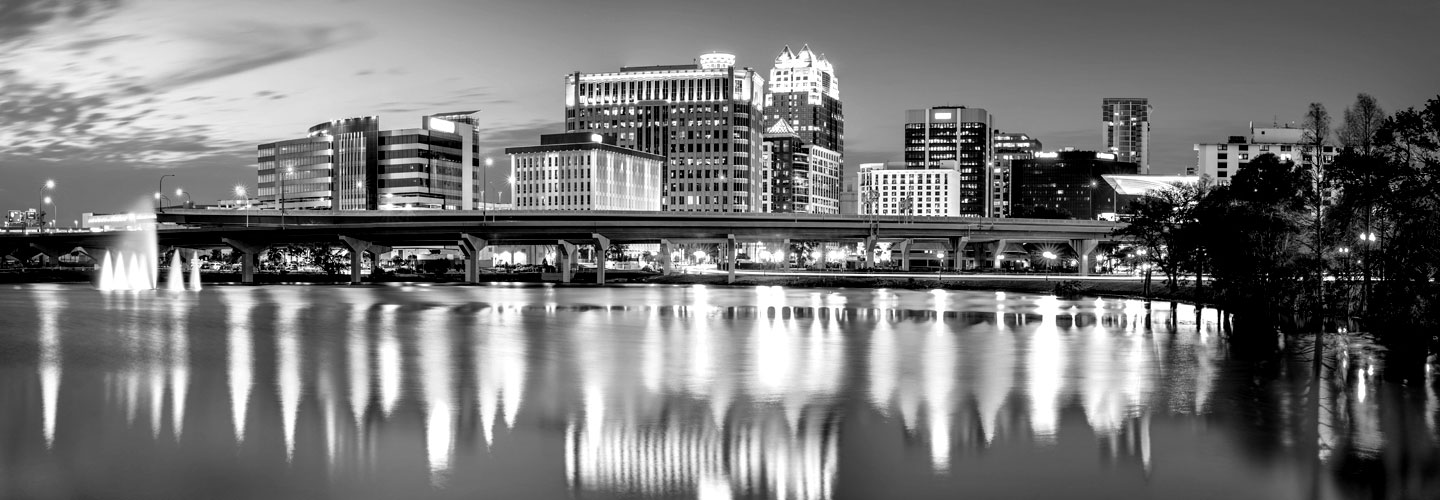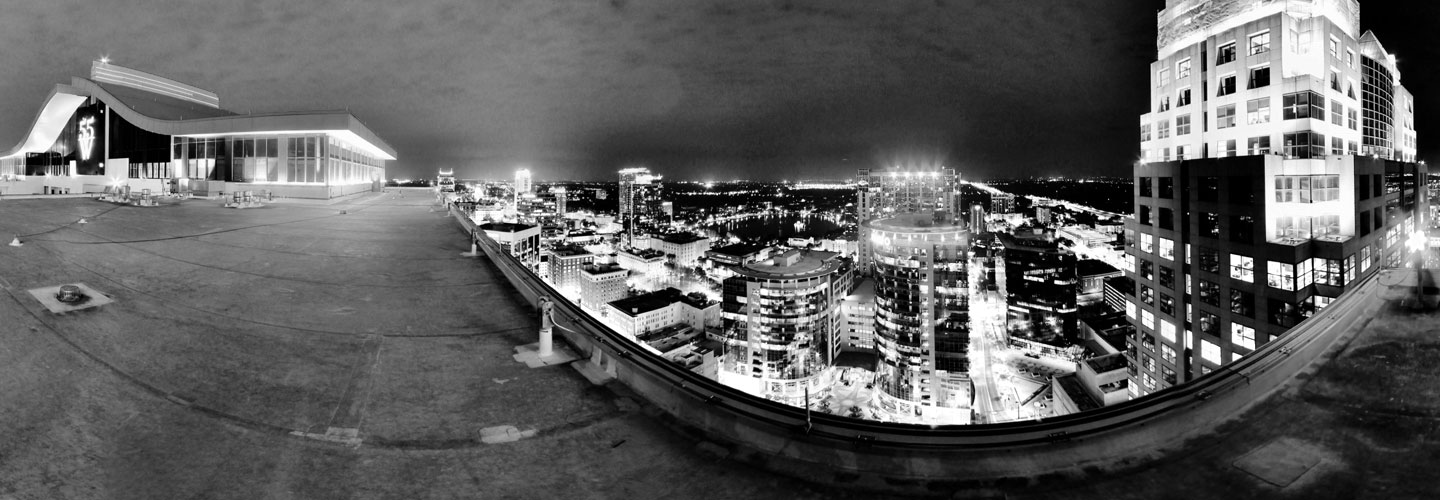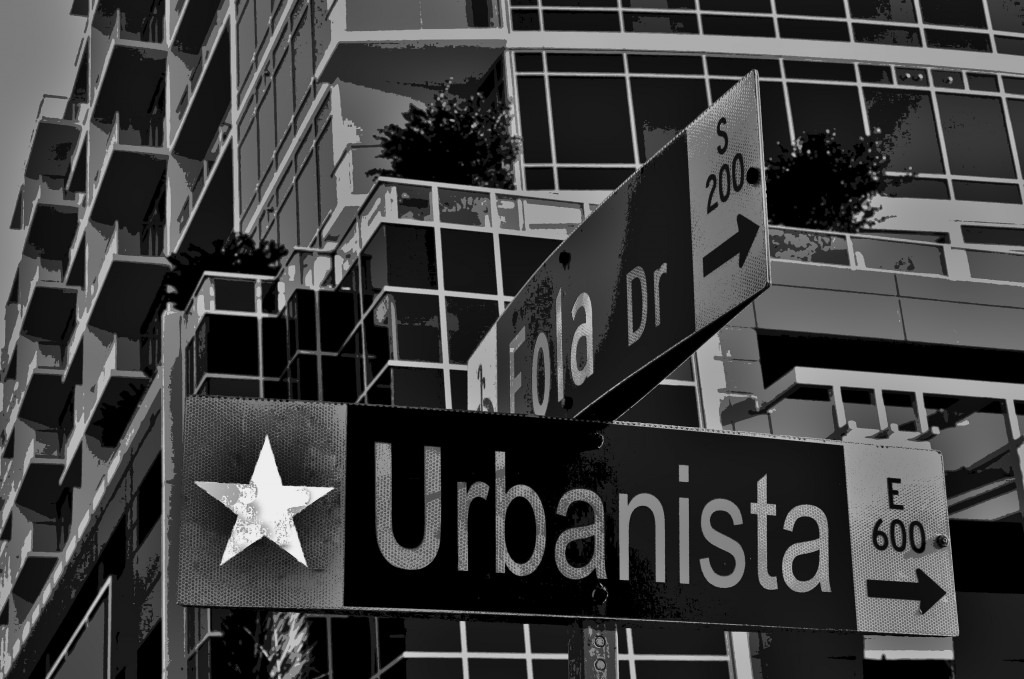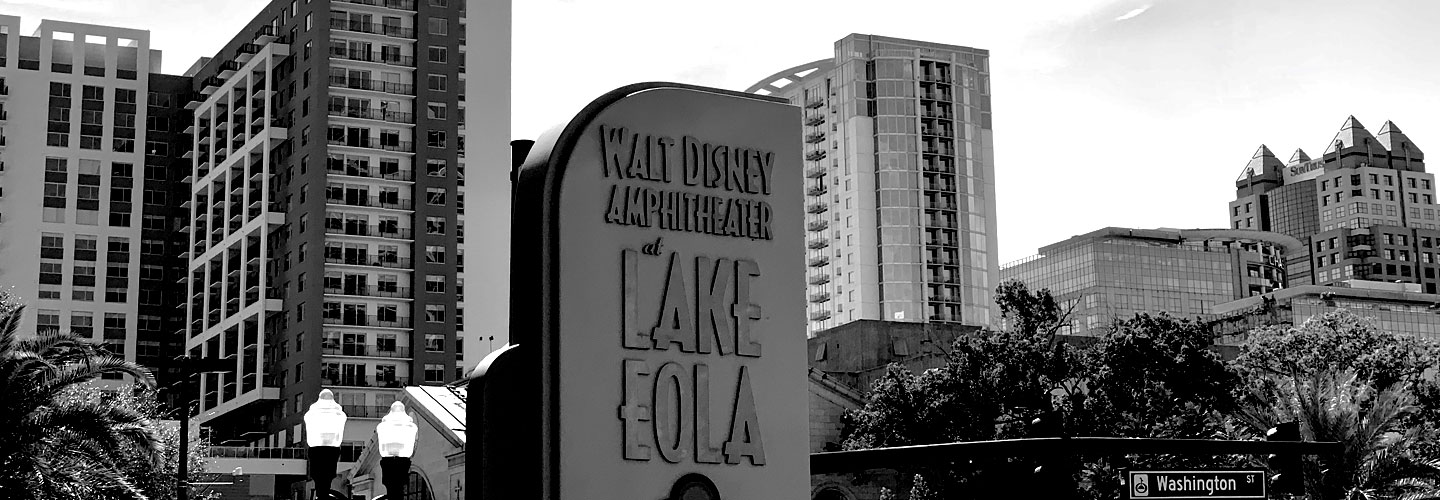Downtown Orlando is bolstered by population growth at a rate that far outpaces most cities in the nation, Orlando’s economy is expected to forge ahead in 2019 with continued diversification.
Make no mistake, tourism has and will continue to be a central driving force behind Orlando’s growth, but economists predict the new year will also likely bring further growth in other sectors, too, including construction, professional services, finance, manufacturing and the fields of science, technology, engineering, medical, solar, education, missile defense and mathematics.
“2019 is about momentum,” said Sean Snaith, director of the University of Central Florida’s Institute for Economic Competitiveness. “I think that momentum will carry us through the year with growth that is consistently strong — some of the strongest in the state.”
At the heart of it all is population growth. According to a Stateline analysis of Bureau of Economic Analysis data, Orlando’s population has grown 51 percent since 2000 — nearly three times the national average.
That trend is expected to continue: The metro area ranks third in the Southeast U.S. for its five-year projected growth at 10.1 percent, according to CBRE Research’s 2019 Southeast U.S. Real Estate Market Outlook report. Orlando is also second in the Southeast for international migration at about 22,200 people.
Still, until now, a lot of that growth has translated to more jobs in the predominantly low-wage tourism sector, the backbone of the local economy. According to Stateline, Orlando wages have only grown 5 percent in the past 17 years, compared with the national average of about 18 percent growth in that time period.
Wages may be getting a boost, with more job growth in other sectors, as well — not just tourism.
“We are getting more [jobs in] manufacturing and medical services, we are doing a better job of diversifying,” said Jim Gray, managing director of CBRE in Orlando. “We are not there, but we are getting there.”
Some indicators point to shift, Snaith outlines in the institute’s Florida & Metro Economic Forecast. Personal income growth in Orlando is anticipated to increase at the second-fastest rate in Florida: 5.8 percent. Employment growth is also forecasted to be the largest in the state at an average of 2.7 percent in the upcoming years, while unemployment is expected to remain low at about 3.3 percent on average.
The construction sector will grow at the fastest rate, at about 7.1 percent annually, followed by professional and business services at 5.2 percent, finance at 2.6 percent and leisure and tourism at 2.2 percent.
“There is job growth occurring across the economy and that is part of the story — it’s a fairly broad-based growth that has continued for several years and with it has attracted population to the region that feeds into that growth,” Snaith said. “It sort of catalyzes the growth that is already happening.”
That’s good news, amid talks of a potential national recession on the horizon. An economy less dependent on tourism is more sustainable.
Tim Giuliani, president and CEO of the Orlando Economic Partnership, whose top priority is to bring high-wage jobs to the region, said talks of a slowdown aren’t expected to cut into Orlando’s economic growth.
“We haven’t seen signs. I know people see some uncertainty coming out of Washington, they certainly see some volatility in the stock market,” Giuliani said. “But when it comes to employment, when it comes to job growth, all those economic indicators, sort of the fundamentals of the economy in Central Florida remain strong.”
Hotels and homes
For Orlando’s top industry, tourism, 2019 is expected by another banner year. About 72 million visitors stopped in Orlando in 2017 — that largest figure in the nation.
Going into the new year, the industry hopes to break its own record, said George Aguel, president and CEO of Visit Orlando, driven in part by the emergence of International Drive as a destination and the ripple affect of new attractions at the theme parks — including the ones that opened in 2018.
Major attractions coming in 2019 include the opening of Star Wars: Galaxy’s Edge at Disney World’s Hollywood Studios in the fall of 2019, the revamped Harry Potter roller coaster ride at Universal’s Islands of Adventure and a recreated Sesame Street land at SeaWorld Orlando.
“Regardless of the timing of different things that come in, there are still others that open recently that carry over in the new year,” Aguel said, adding that “International Drive has almost become its own brand and recognized nationally as a corridor that people enjoy spending time in.”
The International Drive sector, as well as other parts of the region, will see a larger number of hotel rooms come online in 2019, a development that will overall slow down the momentum in the hotel industry.
According to CBRE’s hotel report for the metro area, the number of new hotel rooms every year since 2013 has only grown at a rate of about 1 percent, but it will jump to 2.6 percent through 2022.
By 2020, 46 hotels with a total of 11,041 rooms are expected to open. Some of the major additions in 2019 include two hotels from Universal Orlando Resort coming to International Drive in February with a total of 2,800 rooms.
Real estate will also likely experience a cool down, thanks to higher interest rates and prices.
“Ultimately, there are buyers that have chosen to sit and not pursue it, mainly because of price increases,” said Jeffrey Fagan, the Orlando Regional Realtor Association’s 2019 president. “Then you have folks that may want to move up and, frankly, they are looking at the interest rate and going, “Hmm, why don’t I just stay here and see what interest rates do.”
Between December 2017 and December 2018, the average interest rate Orlando homeowners paid rose from 3.97 percent to 4.38 percent, according to the Realtor association. In 2018, the median home price rose 5.7 percent to $232,500.
Fagan said most new construction is also coming in at higher price points, more than $300,000, contributing to the ongoing shortage of affordable housing.
“It is an issue,” Fagan said. “It is something that the legislative people in Tallahassee, something that the local leaders as far as government, and also non-profits and businesses, need to start paying attention to and brainstorming ideas of enhancing.”
Preparing for the future
Orlando’s population growth doesn’t show signs of slowing down, and that will bring with it both challenges and new opportunities.
Chief among the difficulties will likely be the added pressure on traffic and transportation. Giuliani of the economic partnership said that is one area that has to be top of mind for local leaders in 2019, particularly as Virgin Trains begins construction to connect the high-speed rail service to Orlando from South Florida.
“We have right now $10 billion in infrastructure projects underway, [between] airports, rail, Interstate 4,” Giuliani said. “But what’s next? How are we going to continue to move people around? We need to think very seriously about expanding transit service.”
Giuliani said that from a development standpoint, the opening of aspects of Creative Village, the sprawling 68-acre downtown campus of Valencia College and the University of Central Florida, will move the region in the right direction.
“We will look to leverage that for more opportunities for companies that are looking for talent, that they can have it there at their doorstep,” Giuliani said. “That will change the dynamic of downtown Orlando. I think it’s just the beginning of the opportunity there of what UCF and Valencia can do.”




